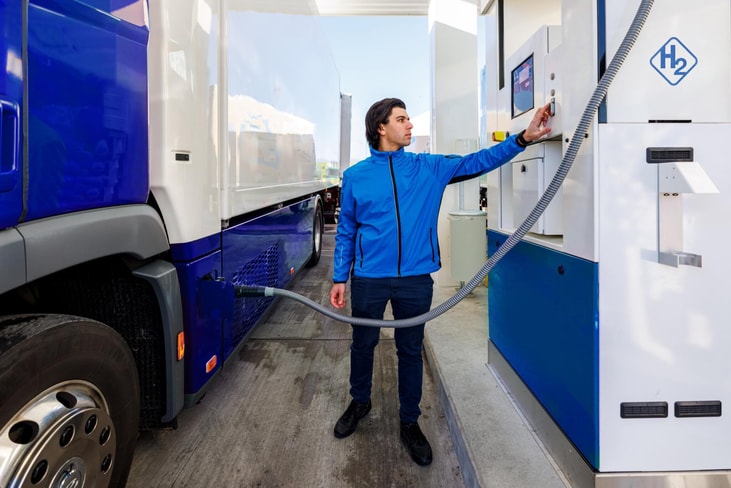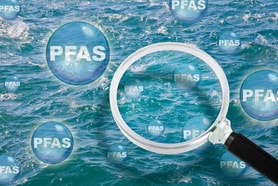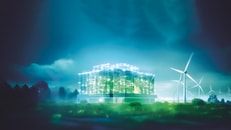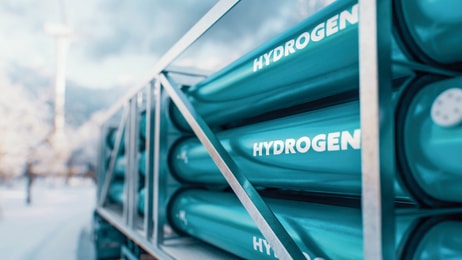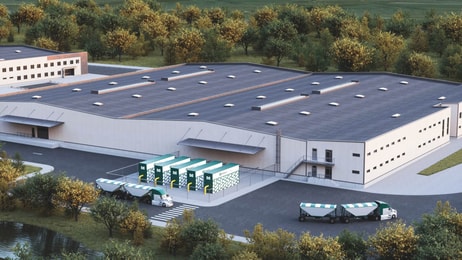Busting hydrogen myths: Range
Plug-in electric vehicles have gotten most of the attention in the alternative transportation fuels space, and it is expected that the battery-driven electric vehicle market will expand to 18% of the overall passenger car market in 2023, according to the International Energy Agency.
While electricity is a viable option to power short-range travel, it is problematic when it comes to offering long-range transportation solutions. Due to limitations in battery technology and storage capacity, heavy-duty trucks would need to include additional space to carry batteries, thereby reducing their overall carrying capacity. In addition, long battery charging times could increase the time it would take for products to get to market and into consumers’ hands.
Alternatives to electricity are myriad, but one option that holds particular promise is hydrogen. The race to create hydrogen fuel cell vehicles is on, and there has been significant progress in making these heavy-duty hydrogen vehicles a reality. It is a nascent technology in the United States that is still finding its footing, but Europe and the Asia-Pacific region are significantly further ahead.
One of the problems facing broader adoption of hydrogen cell vehicles worldwide is the prevalent misinformation about the technology. In this second instalment of our four-part series debunking hydrogen fuel myths, we will address one of the most confounding: the idea that hydrogen is not a long-range fuel solution.
... to continue reading you must be subscribed

